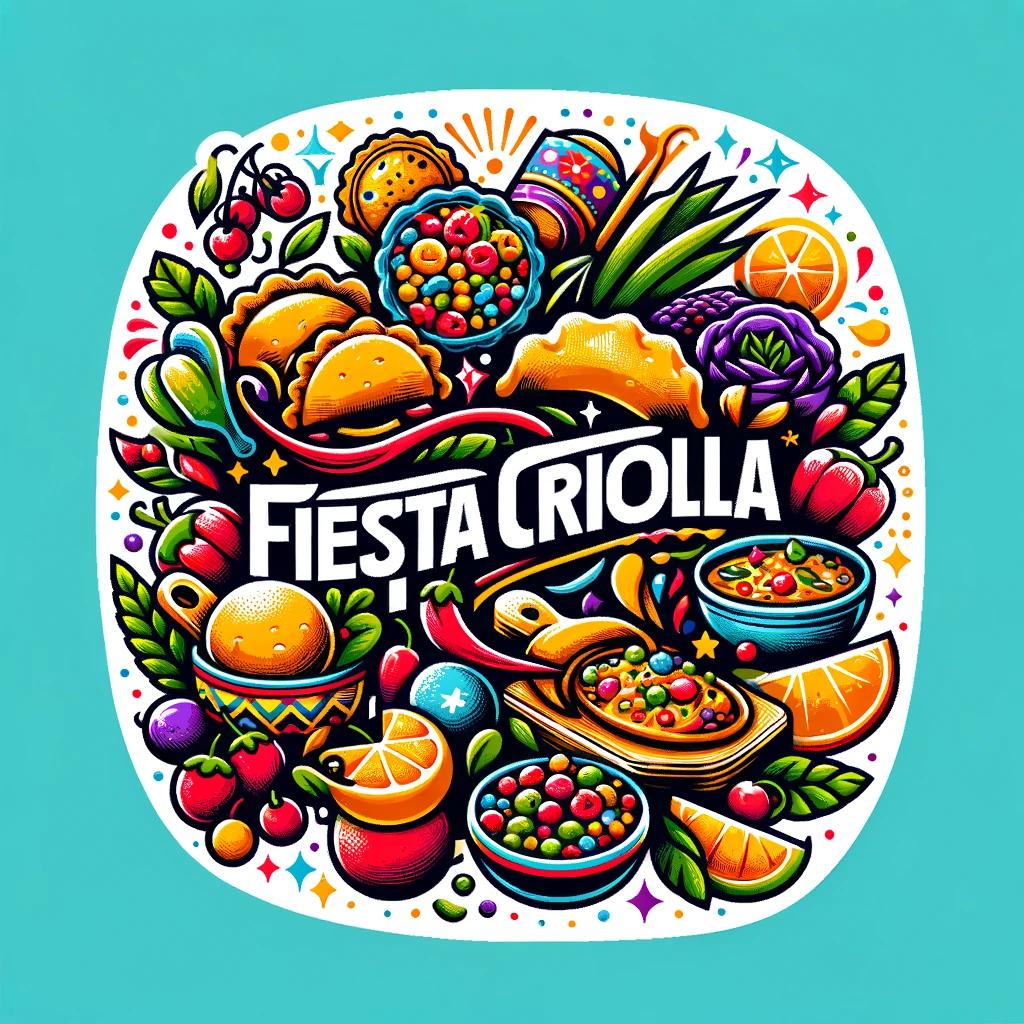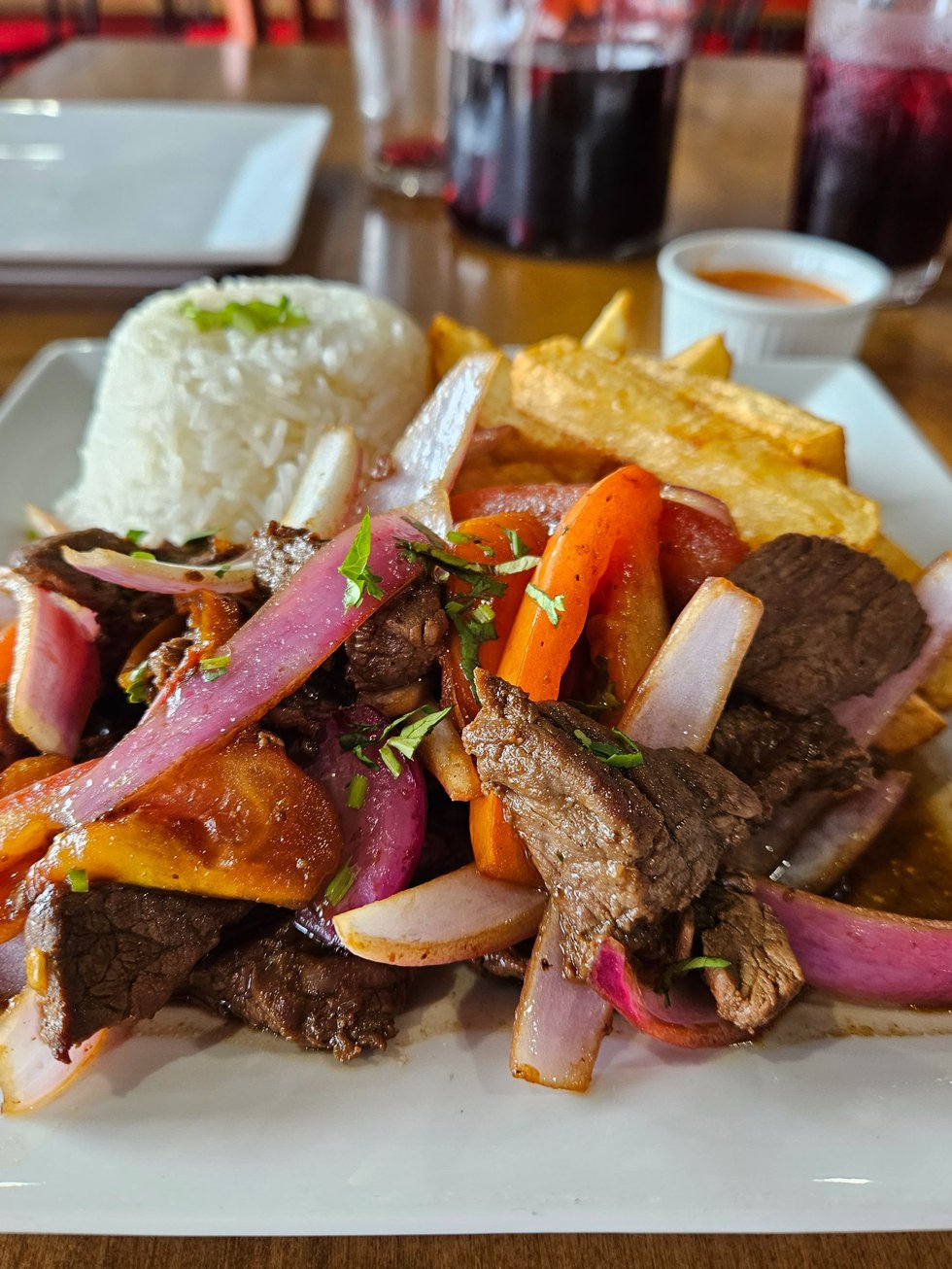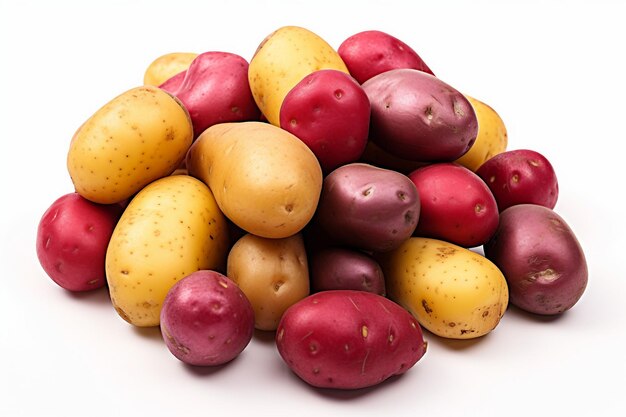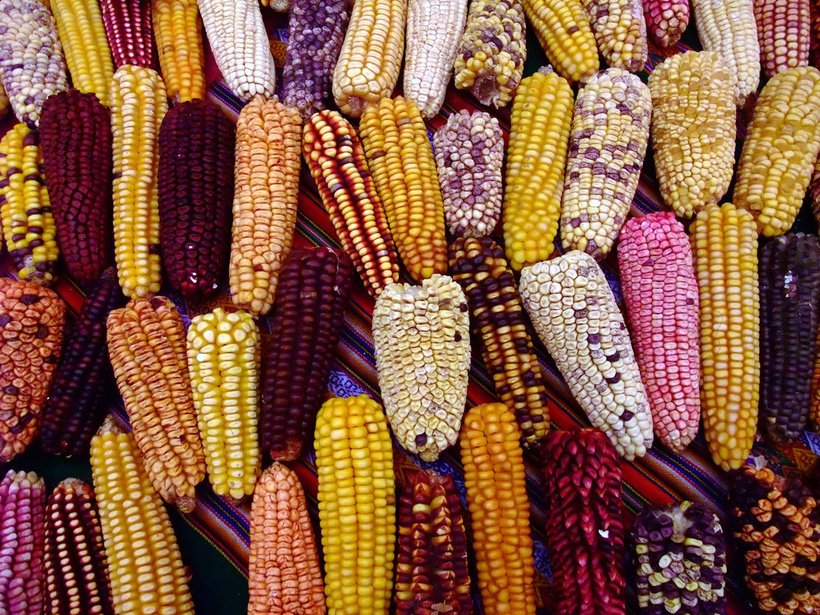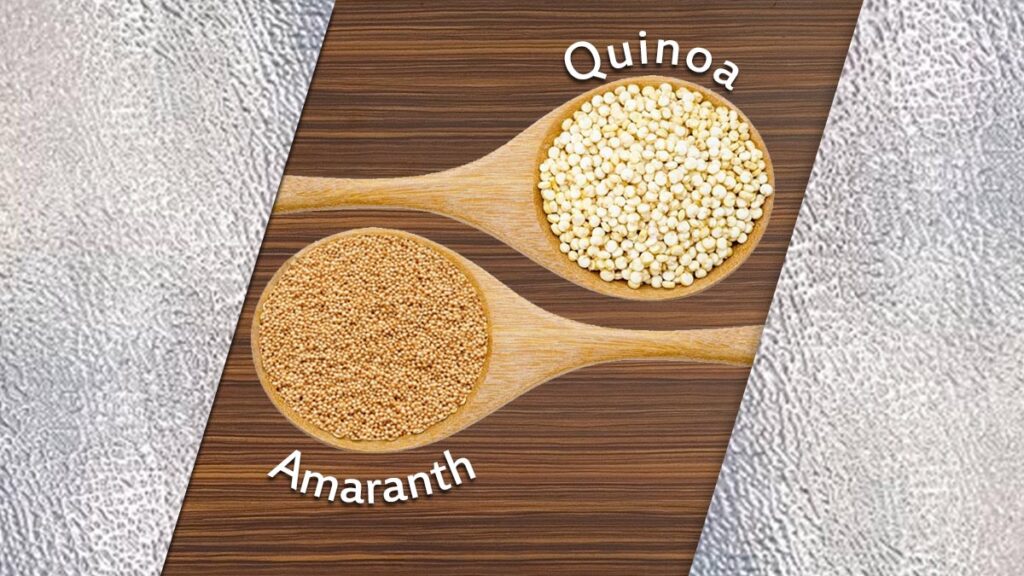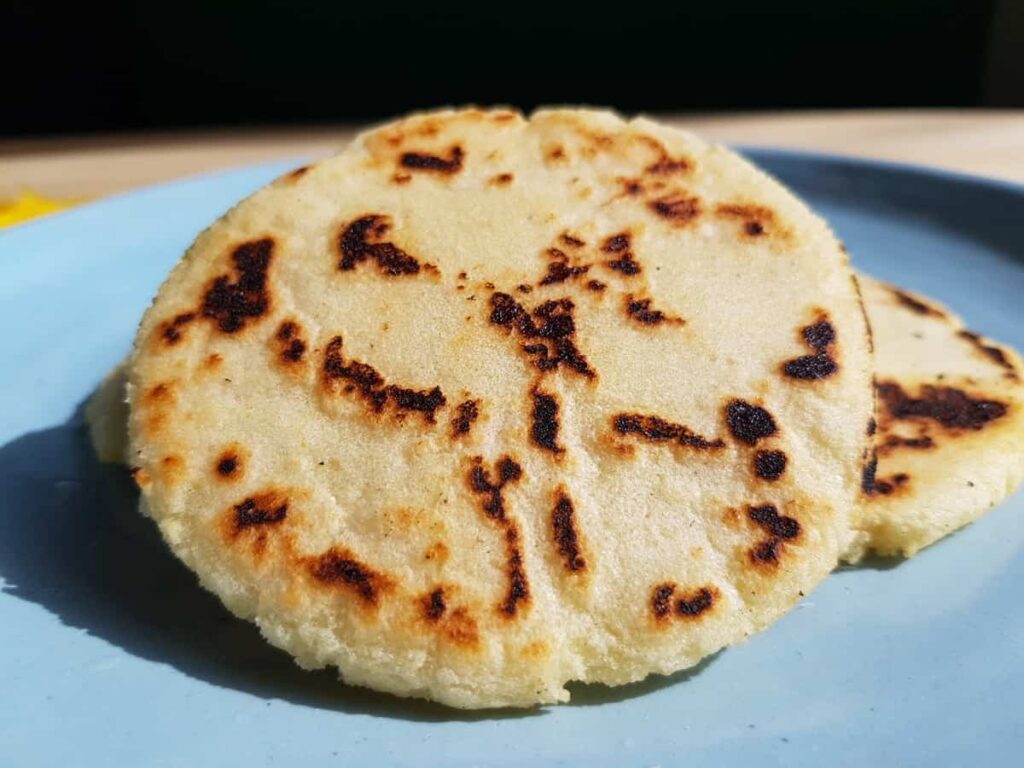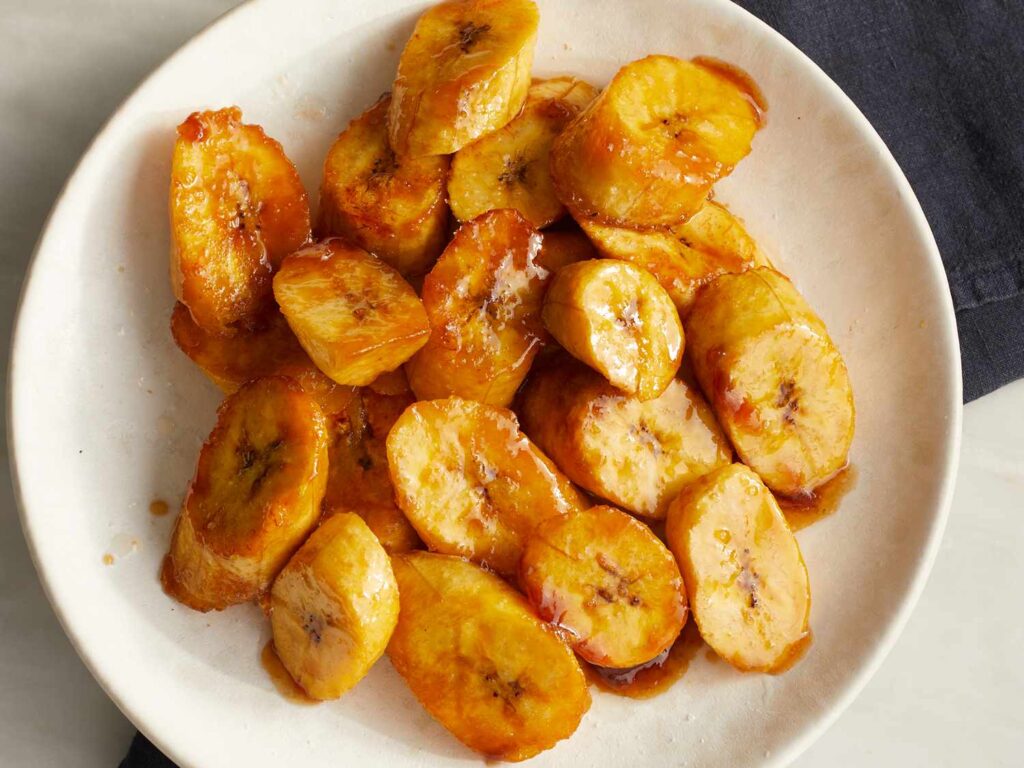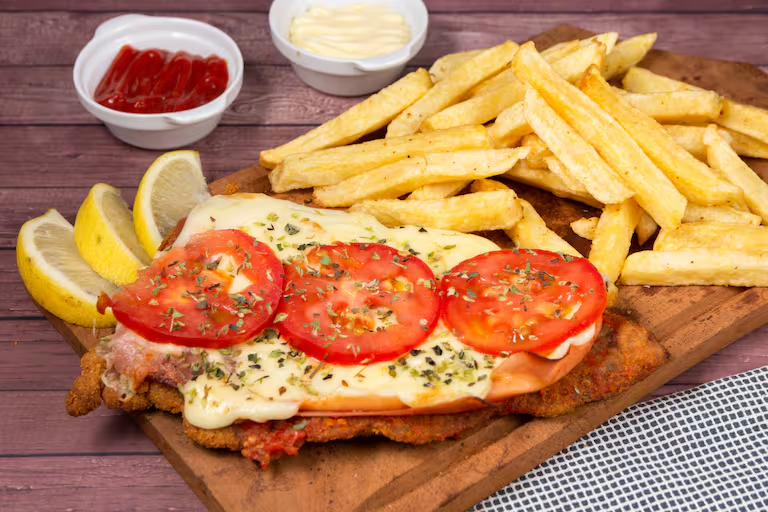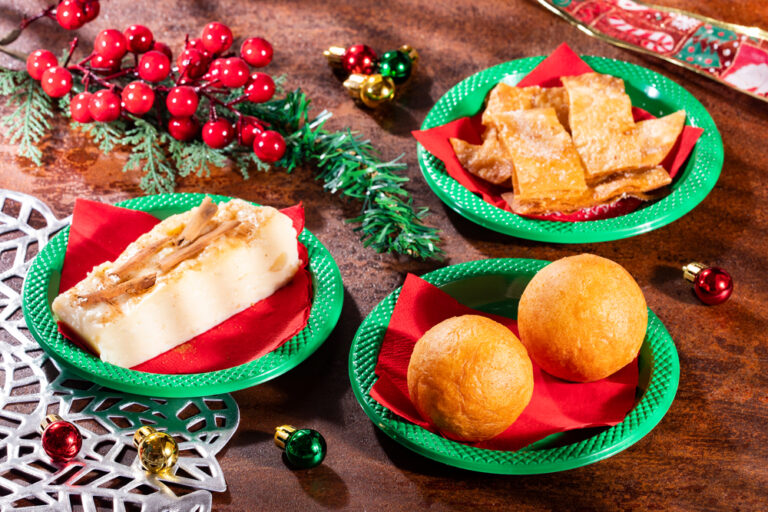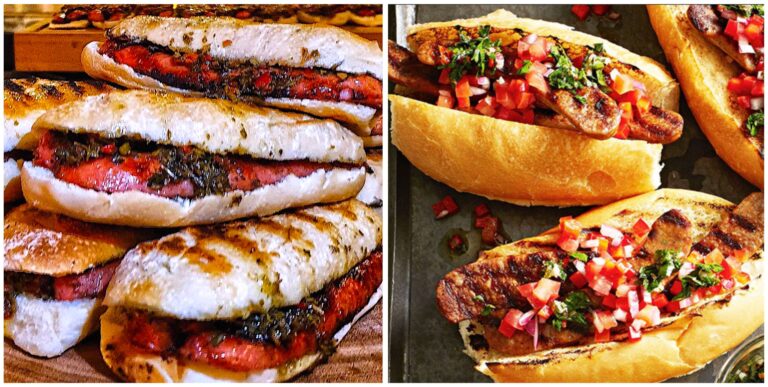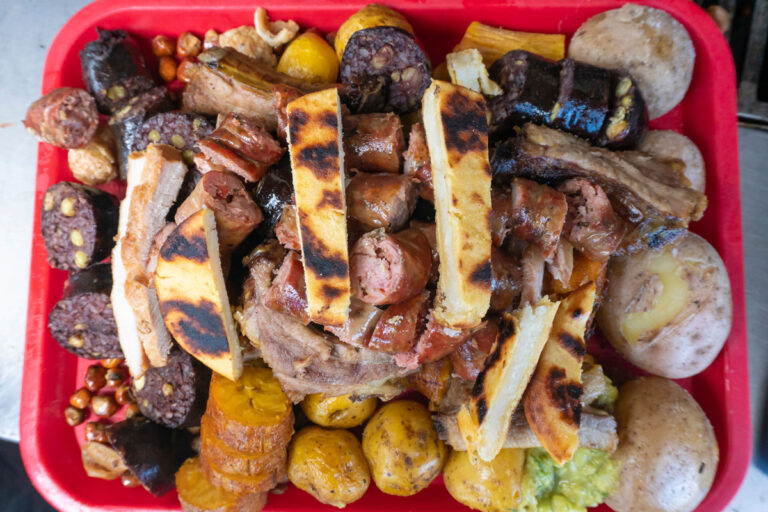Buckle up, food lovers! We’re diving into a delicious showdown that’ll make your taste buds tingle and dance: Peruvian food vs Colombian food. Imagine the vibrant streets of Lima and the bustling markets of Bogotá—both bursting with flavors that are as rich in history as they are in taste. But hold up, before you pack your bags and jet off on a culinary adventure, let’s embark on a flavor journey together.
By the end, I bet you’ll be craving dishes you didn’t even know existed. Ready to get your foodie game on? Let’s dig in and discover which cuisine will reign supreme in your heart (and stomach)!
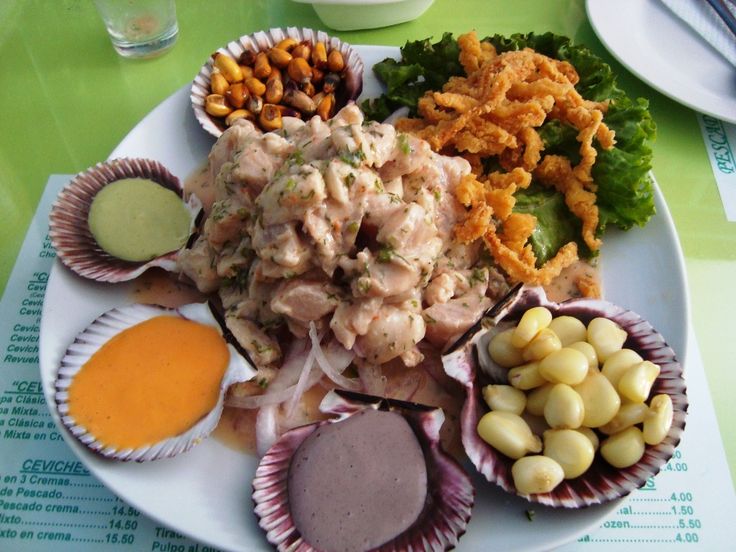
What is Peruvian Food?
Dive into the world of Peruvian food, where every bite is a story of blending ancient traditions with global influences. It’s like a culinary jam session with ingredients from the Andes, the Amazon, and the Pacific coast all getting in on the action.
Imagine chowing down on ceviche, fresh fish marinated in tangy lime juice with a kick of chili, or savoring a plate of lomo saltado, a stir-fry that’s a love letter to Peru’s Chinese-immigrant history.
And let’s not forget about the potato—Peru’s gift to the world, with over 3,000 varieties! Peruvian cuisine is a feast for the senses, a mix of flavors so diverse, it’s like a United Nations of food on your plate.
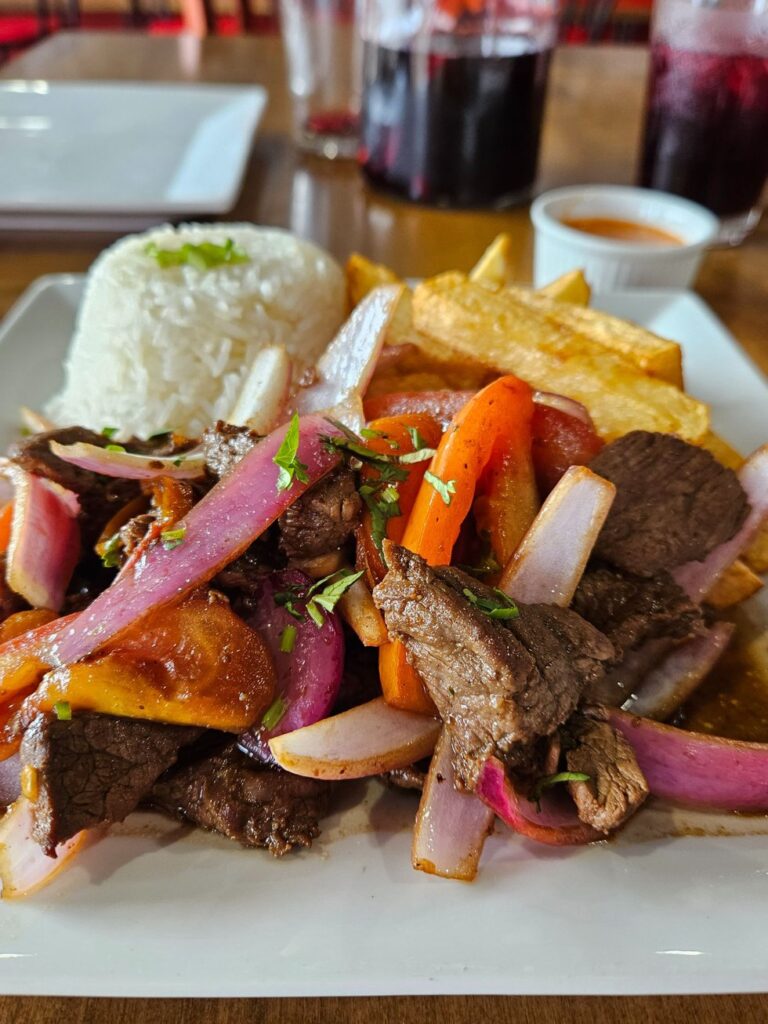
What is Colombian Food?

Now, let’s salsa our way into Colombian food, a vibrant fusion of Indigenous, Spanish, African, and Arab flavors that’s all about comfort and community. Picture yourself sitting in a Colombian grandma’s kitchen, feasting on arepas, those irresistible corn cakes that go with everything, or diving into a hearty bowl of bandeja paisa, a dish that’s not just a meal but an experience, with beans, rice, chorizo, avocado, and more.
Colombian food is the kind of cuisine that hugs you from the inside, where every dish tells the story of the country’s lush landscapes and diverse cultures. From the coastal ceviche to the mountainous ajiaco soup, it’s a culinary adventure that’s as colorful and diverse as Colombia itself.
The Taste Difference Between Peruvian Food and Colombian Food
Let’s get into the flavor ring and talk about the taste smackdown between Peruvian and Colombian cuisines. Imagine Peruvian food as that friend who’s always up for an adventure, bold and daring, with flavors that pack a punch. It’s like a flavor festival, where the tang of lime, the heat of ají, and the earthiness of quinoa and potatoes come together in a celebration of taste. Peruvian dishes often have a complexity that’s like a plot twist in your favorite movie—unexpected but totally awesome.
On the flip side, Colombian food is like the friend who gives the best bear hugs—warm, comforting, and always welcoming. Its tastes are about rich, hearty satisfaction. Think less about the spice-kick and more about the savory, soulful flavors that fill you up and make you feel at home. Colombian cuisine prefers a gentler approach, favoring slow-cooked meats, soups, and stews that blend the subtle flavors of their diverse ingredients over time.

So, the main difference? Peruvian food hits you with bold, bright flavors and a love for acidity and spice, while Colombian food wraps you in a warm embrace of comforting, deep flavors that are all about the slow build. Both are incredibly delicious, just playing different tunes on your taste buds!
Ingredients Showdown: Peruvian vs Colombian Cuisine
When we peek into the kitchens of Peru and Colombia, it’s like opening a treasure chest of flavors, but each with its own unique set of jewels.
Peruvian cuisine is a masterclass in biodiversity. It draws heavily on a variety of potatoes (seriously, thousands of them), corn, and superfoods like quinoa and amaranth. Seafood is a big deal too, thanks to the country’s vast coastline, making fish and shellfish staples, especially in dishes like ceviche.
Then there’s the love affair with ají peppers, giving Peruvian dishes their signature kick. And let’s not forget about the influence of international cuisines, introducing soy sauce and ginger into the mix, making for some seriously innovative dishes.
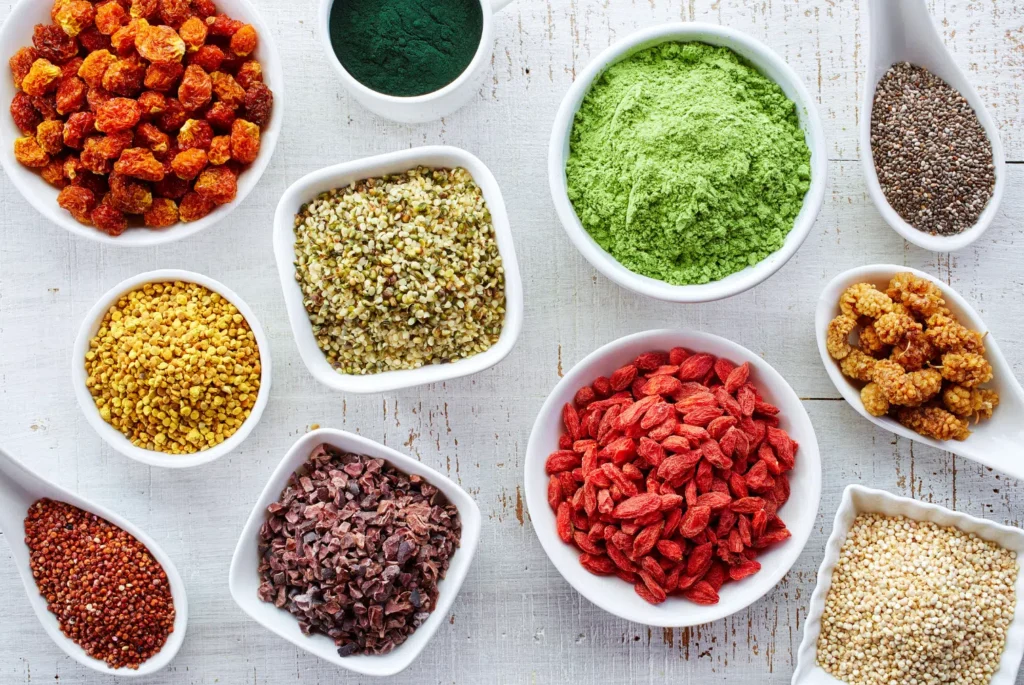
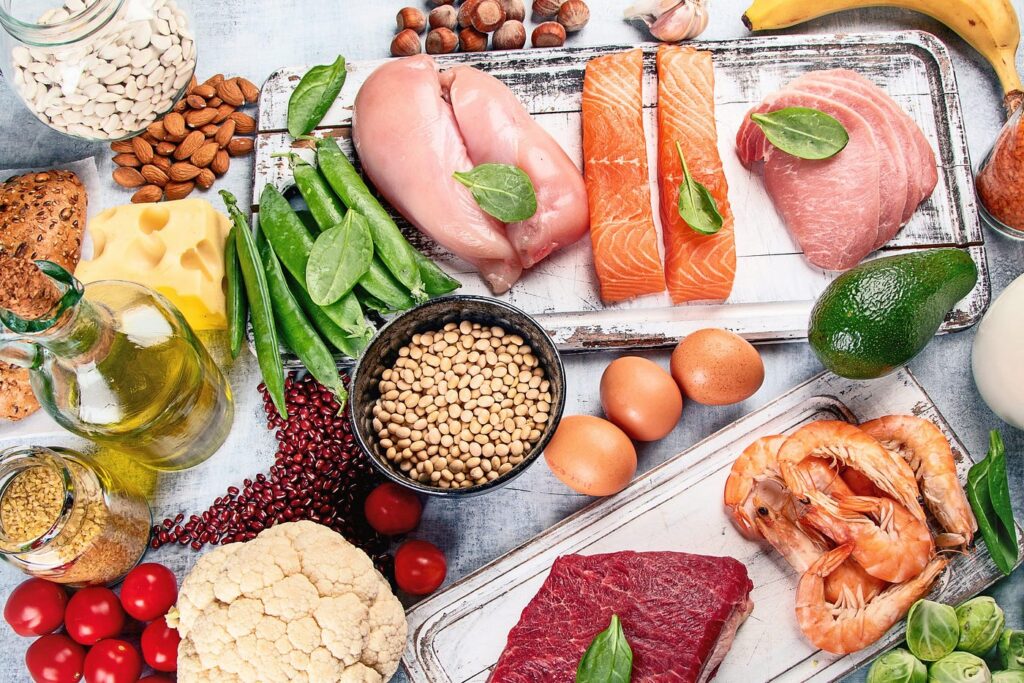
Colombian food, on the other hand, is all about the staples: rice, beans, plantains, and maize form the backbone of many meals. Meat—whether it’s beef, pork, chicken, or fish—is typically seasoned, stewed, or grilled to perfection. Fruits and vegetables are also key, reflecting the country’s tropical and mountainous terrains, with avocados, tomatoes, and various tropical fruits adding freshness and color to the plate.
Colombian cuisine might not flirt with as many international influences on its main stage, but it shines with its comforting, hearty, and deeply flavorful dishes.
So, while Peruvian cuisine dances with bold flavors and a fusion of global influences, Colombian food sticks closer to home, offering a comforting and hearty embrace with its rich, traditional fare. Both are incredible in their own right, painting a delicious picture of Latin America’s culinary diversity.
The Unique Ingredients of Peruvian and Colombian Cuisines
When it comes to what makes Peruvian and Colombian foods stand out in the culinary world, it’s all about the ingredients and how they’re put together. Let’s unwrap the flavorful packages that define each cuisine’s uniqueness.
Peruvian Cuisine
Picture a treasure chest filled with jewels of the sea, mountains, and rainforest. Peruvian dishes are a vibrant palette of potatoes in every color imaginable, over 55 varieties of corn, and superfoods like quinoa and amaranth that have been staples since the Inca times.
Seafood plays a starring role, thanks to Peru’s vast coastline, making ceviche the poster child of Peruvian culinary excellence. The secret sauce? Literally, sauces like aji amarillo and huacatay (Peruvian black mint) that add depth and a burst of flavor to every dish. And let’s not forget about pisco, the grape brandy that’s as Peruvian as it gets.

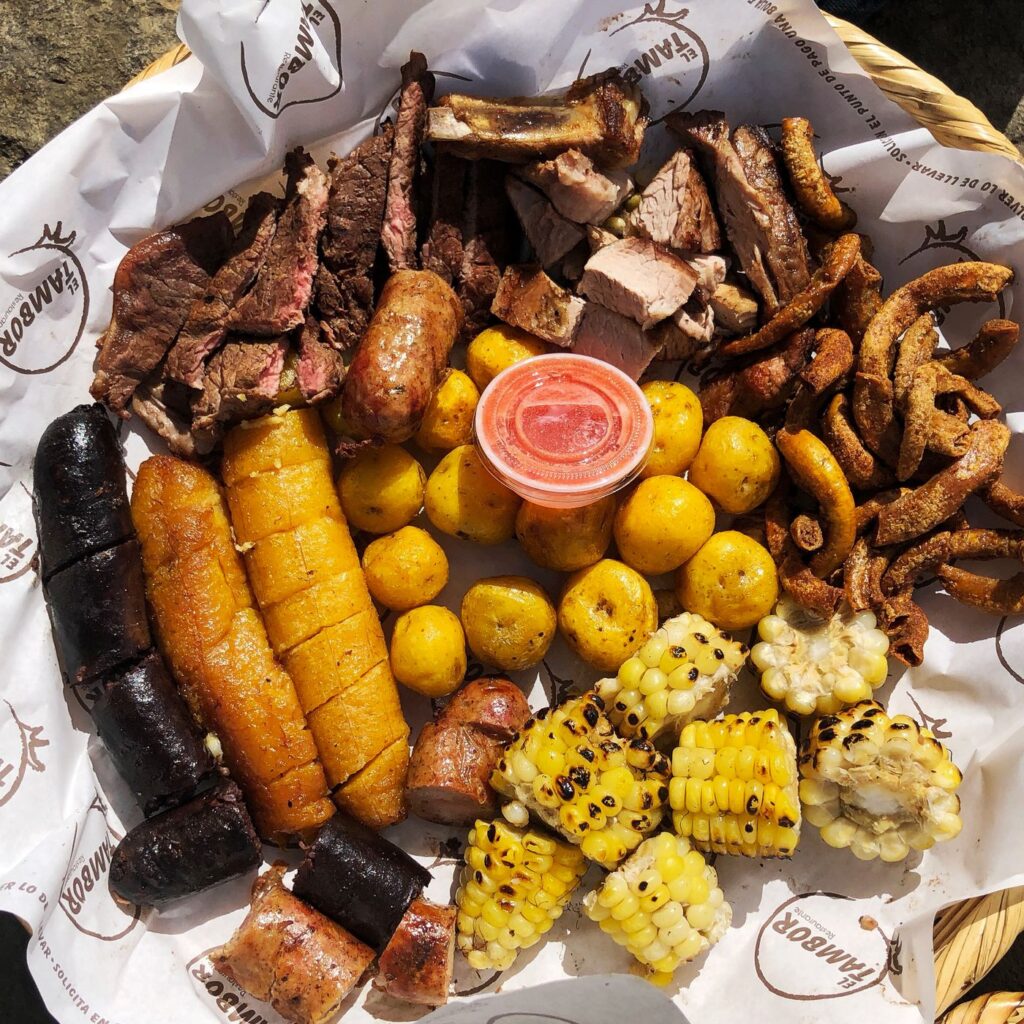
Colombian Cuisine
Now, envision a warm, inviting kitchen where every dish tells a story of cultural fusion. Colombian cuisine is a hearty mix of indigenous, African, and Spanish influences, resulting in comforting dishes that feel like a hug from within. Staples include arepas (cornmeal cakes), cassava, plantains, and a variety of beans and lentils.
Colombia’s diverse geography means you’ll enjoy everything from succulent tropical fruits in the coastal regions to rich, earthy truffles from the Andean forests. And then there’s coffee, the liquid gold that’s woven into the fabric of Colombian culture, elevating not just breakfast but any moment of the day.
Both cuisines are unique not just in their ingredients but in the stories they tell through their dishes—Peruvian food with its bold, adventurous flavors that speak of ancient civilizations and global influence, and Colombian food with its comforting, nourishing dishes that reflect a diverse cultural heritage and the warmth of its people.
Wrapping Up
As we close the lid on our culinary treasure chest, it’s clear that both Peruvian and Colombian cuisines offer a kaleidoscope of flavors, each with its own unique charm. From the adventurous, bold tastes of Peru, rich in ancient heritage and a global palette, to the warm, comforting embrace of Colombian dishes, echoing the country’s diverse culture and landscapes, there’s a whole world of flavors waiting to be explored.
These cuisines remind us of the power of food to tell stories, connect cultures, and bring people together. So, why not take a leap into the unknown and try whipping up a Peruvian ceviche or a Colombian bandeja paisa? Embrace the uniqueness, dive into the versatility, and let these dishes transport you to the bustling streets of Lima or the vibrant heart of Bogotá. Bon appétit, or as they might say, buen provecho!
Disclosure: Our blog contains affiliate links to products. We may receive a commission for purchases made through these links. However, this does not impact our reviews and comparisons. We try our best to keep things fair and balanced, in order to help you make the best choice for you.
